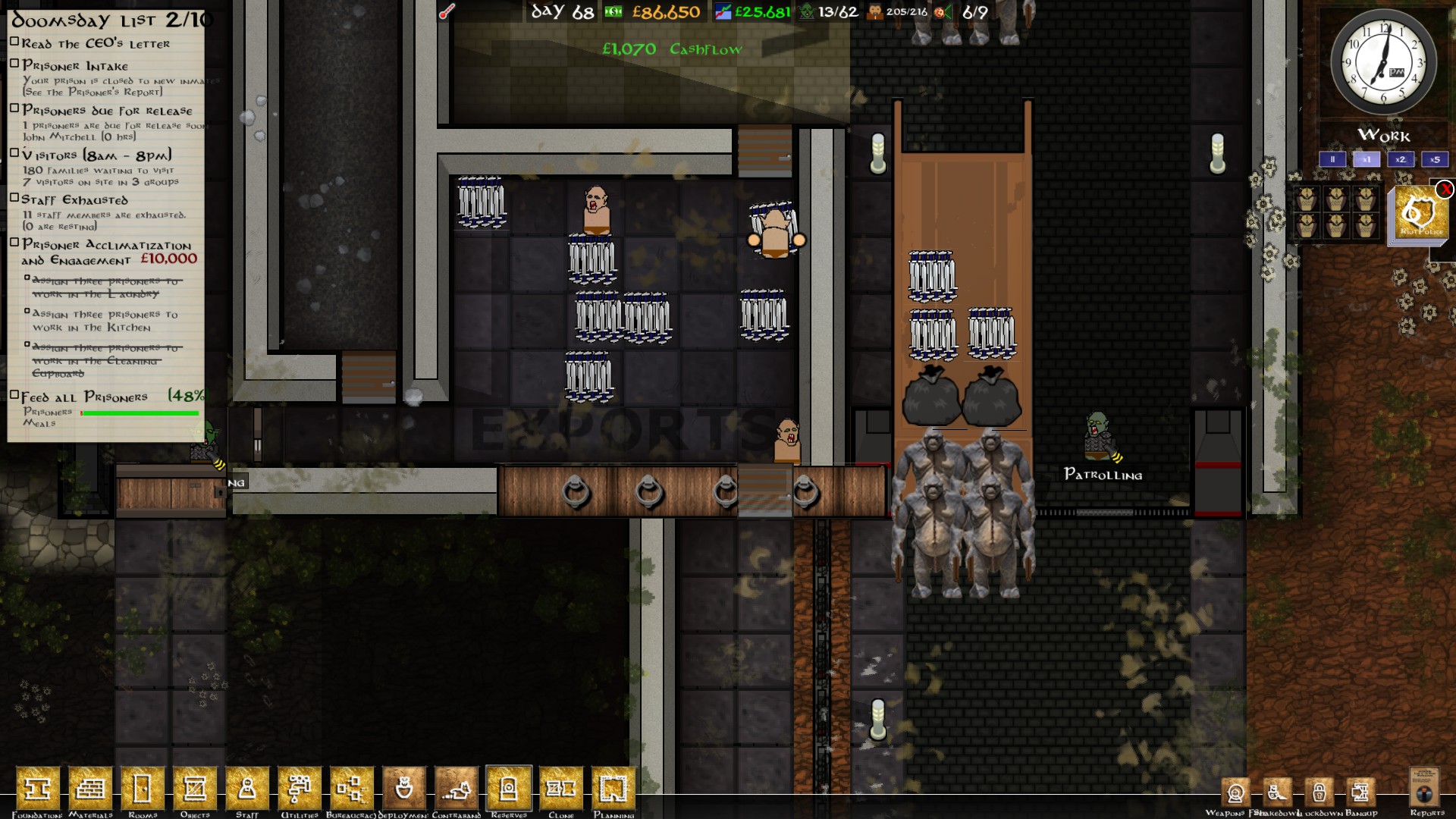
Historically, correctional facilities have been the architectural expression of competing philosophies of incarceration of the time. The importance of any correctional facility’s physical plant to the fulfillment of particular objectives has been long recognized. Eight years ago, I left academia and joined a planning and architectural firm specializing in justice facilities, discovering the social dimension of architecture and the power of correctional buildings as an alternative solution to moving current penitentiary systems forward (see note 1). After spending a significant amount of time touring and surveying correctional facilities all over the world, I came to the realization that while it is questionable that the world needs more prisons, it is undeniable that what the world needs are better ones to keep pace with the progress in correctional philosophy and practices.

In the third blog of our anniversary series, Marayca Lopez i Ferrer, Senior Corrections Analyst and Planner at US firm CGL/Ricci Greene Associates, explores how forward-thinking architects are moving away from classical models of prison architecture – high perimeter razor-wire topped fences, gloomy undersized concrete cells along narrow corridors – to experiment with innovative spatial concepts which better align the physical plant of correctional facilities with the concept of humane treatment and contemporary priorities of inmate rehabilitation and successful reintegration.Īs a penologist and criminologist by education, I have been always committed to the mission of offender’s treatment and rehabilitation.


 0 kommentar(er)
0 kommentar(er)
